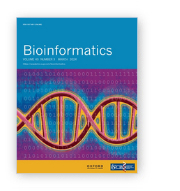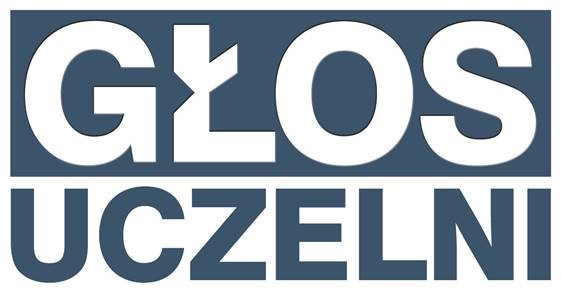
Reserach papers of the week – March 2024
We present the highest-score research papers of March 2024. These papers have ben published in journals with the highest Ministerial score – 200 points.
imputomics: web server and R package for missing values imputation in metabolomics data
Jarosław Chilimoniuk; Krystyna Grzesiak; Jakub Kała; Dominik Nowakowski; Adam Krętowski; Rafał Kolenda; Michał Ciborowski; Michał Burdukiewicz
Bioinformatics
Ministerial score = 200.0
Journal Impact Factor (2023) = 5.8 (Q1)
 Motivation: Missing values are commonly observed in metabolomics data from mass spectrometry (MS). Imputing them is crucial because it assures data completeness, increases the statistical power of analyses, prevents inaccurate results, and improves the quality of exploratory analysis, statistical modeling, and machine learning. Numerous Missing Value Imputation Algorithms (MVIAs) employ heuristics or statistical models to replace missing information with estimates. In the context of metabolomics data, we identified 52 MVIAs implemented across 70 R functions. Nevertheless, the usage of those 52 established methods poses challenges due to package dependency issues, lack of documentation and their instability. Results: Our R package, imputomics, provides a convenient wrapper around 41 (plus random imputation as a baseline model) out of 52 MVIAs in the form of a command-line tool and a web application. In addition, we propose a novel functionality for selecting MVIAs recommended for metabolomics data with the best performance or execution time.
Motivation: Missing values are commonly observed in metabolomics data from mass spectrometry (MS). Imputing them is crucial because it assures data completeness, increases the statistical power of analyses, prevents inaccurate results, and improves the quality of exploratory analysis, statistical modeling, and machine learning. Numerous Missing Value Imputation Algorithms (MVIAs) employ heuristics or statistical models to replace missing information with estimates. In the context of metabolomics data, we identified 52 MVIAs implemented across 70 R functions. Nevertheless, the usage of those 52 established methods poses challenges due to package dependency issues, lack of documentation and their instability. Results: Our R package, imputomics, provides a convenient wrapper around 41 (plus random imputation as a baseline model) out of 52 MVIAs in the form of a command-line tool and a web application. In addition, we propose a novel functionality for selecting MVIAs recommended for metabolomics data with the best performance or execution time.
DOI:10.1093/bioinformatics/btae098
Accuracy of satellite positioning usung GNSS receivers in sports watches
Marcin Mikoś; Kamil Kaźmierski; Natalia Wachulec; Krzysztof Sośnica
Measurement
Ministerial score = 200.0
Journal Impact Factor (2023) = 5.6 (Q1)
 Sports watches come equipped with Global Navigation Satellite System (GNSS) receivers capable of tracking GPS, GLONASS, and Galileo, and thus, can be considered low-cost GNSS receivers. In our research, we conducted three distinct experiments to evaluate the accuracy of 1) positioning, 2) distance determination, and 3) height determination based on sports watches using different GNSS combinations: GPS, GPS + GLONASS, and GPS + Galileo. For positioning, a professional GNSS receiver served as the reference. To determine height, we used a laser rangefinder. The assessment of distance measurement utilized a full-size athletics track. A noteworthy outcome of this study is that the increased cost of sports watches does not consistently correlate with higher GNSS positioning accuracy. The most accurate 2D results are achieved by the Polar M430 for the GPS case with the mean positioning error of 1.74 m, and the Garmin Fenix 6 PRO for GPS + GLONASS case with the mean error of 1.43 m.
Sports watches come equipped with Global Navigation Satellite System (GNSS) receivers capable of tracking GPS, GLONASS, and Galileo, and thus, can be considered low-cost GNSS receivers. In our research, we conducted three distinct experiments to evaluate the accuracy of 1) positioning, 2) distance determination, and 3) height determination based on sports watches using different GNSS combinations: GPS, GPS + GLONASS, and GPS + Galileo. For positioning, a professional GNSS receiver served as the reference. To determine height, we used a laser rangefinder. The assessment of distance measurement utilized a full-size athletics track. A noteworthy outcome of this study is that the increased cost of sports watches does not consistently correlate with higher GNSS positioning accuracy. The most accurate 2D results are achieved by the Polar M430 for the GPS case with the mean positioning error of 1.74 m, and the Garmin Fenix 6 PRO for GPS + GLONASS case with the mean error of 1.43 m.
DOI:10.1016/j.measurement.2024.114426










